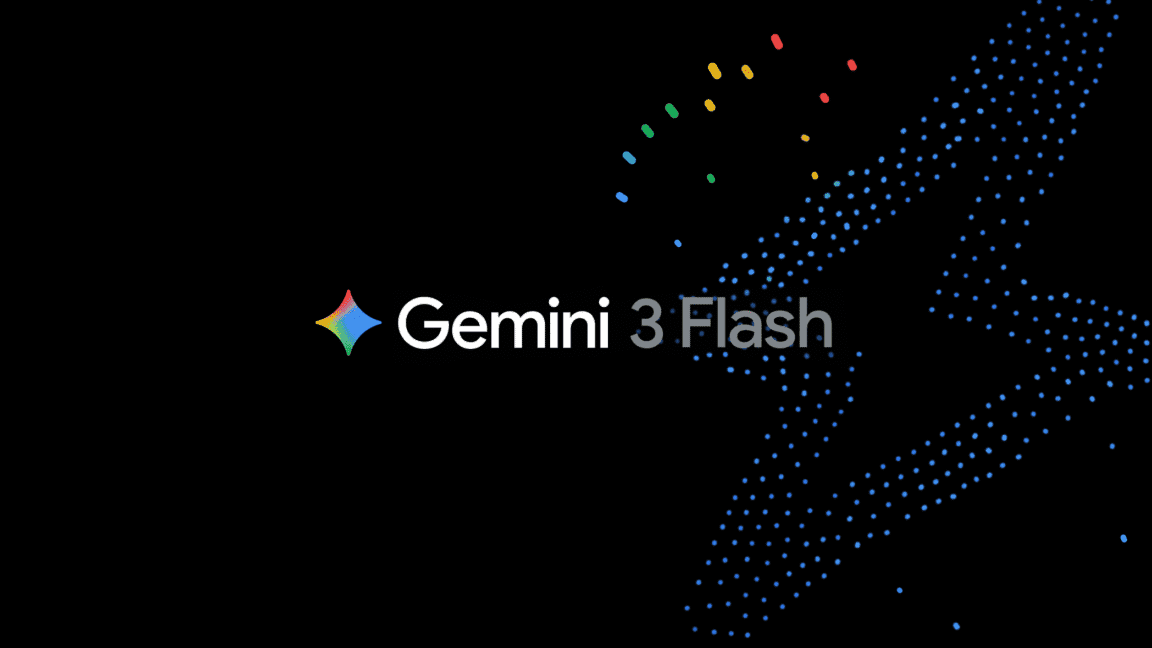AI Breakthrough in Decoding Canine Olfactory Perception
2 Sources
2 Sources
[1]
Dogs see their world through smell - and scientists are starting to translate it like never before
Scent is how dogs largely experience the world, a lot like the way we humans rely on sight. We know little about how dogs interpret scent, but thanks to a recent study, we may be getting closer to understanding what a dog's nose actually knows. Dogs are primed to detect smells. The average dog's nose has more than 10 million scent receptors in their nose, compared to humans, who only have about 6 million. This makes the canine nose more than 10, 000 times better at detecting scents than we are. They can detect minute quantities of scent. For example, forensic detection dogs can detect 0.01 microlitres of gasolene. A microlitre is one millionth of a litre. Humans have exploited dogs' olfactory superpowers in a number of ways, which has no doubt contributed to the deep relationship we have developed with our canine companions over 40,000 years living together. Dogs still join us as hunting partners, sniffing out food. They work beside us as vital members of crime-fighting teams, finding illicit substances, as medical colleagues for disease detection, and as partners in conservation efforts, finding rare and endangered species. Despite the widespread involvement of dogs as natural scent detectors, we remain largely oblivious as to how dogs interpret what they smell and how they perceive the world in which they live. Exploring the brain activity of dogs when they are exposed to specific smells can help identify which of their brain regions are associated with scent detection. This helps scientists understand what the dog is experiencing, which might help us enhance the selection and training of sniffer dogs. Until now, scientists needed expensive equipment to study dogs' brains and research methods that required dogs to stay still. This means we know less about the brains of active working dogs who might struggle to remain motionless for long periods. But we can't simply apply the data from dogs who can cope with sitting still since dog breeds have differences in their training and scenting skills. Sensing scents The recent study I mentioned at the beginning of this article uses a new, cheap and non-invasive method to explore how the canine brain responds to scent. The researchers think that this method - known as AI speckle pattern analysis - will help us identify how dog brains react to scents and what it means for how dogs perceive and respond to the world around them in future research too. The researchers developed an optical sensor to target three brain areas involved in canine scent discrimination: the amygdala, olfactory bulb and hippocampus. The amygdala is responsible for emotional responses to stimuli. The olfactory bulb is involved with odour processing and the hippocampus is associated with memory formation. The equipment used in the study consisted of a high resolution digital camera linked to a computer, plus a green laser. Laser light, capable of penetrating dog fur and skull bone, was shone on the heads of four relaxed, blindfolded study dogs who were exposed to four different scents: alcohol, marijuana, menthol and garlic. These substances all appear to evoke similar olfactory responses in dogs. As laser light was reflected from the three brain areas, the camera detected interference as a distinct "speckle" pattern. The camera made recordings for five seconds, repeated four times for each scent. AI analysed differences in the speckle patterns from the different brain regions to create models of how the brain regions of the dogs responded to each scent. It's not just sniffing The study results highlighted the importance of the amygdala for canine scent discrimination. This suggests that there could be an emotional component to how dogs sense their environment. Taste and odour detection are also known to be linked to memory formation and emotional state in humans. Because dogs appear to experience emotional responses to scents, training methods and experiences might need to take this into consideration. For example, dogs often link the characteristic aroma of the veterinary surgery with less-than-fun situations. Dogs in training for scent detection would also probably benefit from being in a positive emotional state when they are exposed to training odours. This research could even pave the way to developing specialised equipment for detecting and translating the olfactory responses of dogs. Mobile equipment that works rapidly could allow us to interpret what dogs' noses are telling them in real time. This isn't as far-fetched as it may sound. If you've seen the Disney movie Up, you probably remember Dug the dog who wore a bark translation collar. Well, scientists have developed a real collar that claims to tell you what your dog's vocalisations mean. It's difficult to say how accurate it is without analysing the data the collar's AI was trained on, but the database is growing as more dogs use the collars. If the collars do prove accurate, it might not be too long before wearable technology can tell us exactly what our dogs are saying and smelling.
[2]
Dogs see their world through smell, and scientists are starting to translate it like never before
Scent is how dogs largely experience the world, a lot like the way we humans rely on sight. We know little about how dogs interpret scent, but thanks to a recent study, we may be getting closer to understanding what a dog's nose actually knows. Humans have exploited dogs' olfactory superpowers in a number of ways, which has no doubt contributed to the deep relationship we have developed with our canine companions over 40,000 years living together. Dogs still join us as hunting partners, sniffing out food. They work beside us as vital members of crime-fighting teams, finding illicit substances, as medical colleagues for disease detection, and as partners in conservation efforts, finding rare and endangered species. Despite the widespread involvement of dogs as natural scent detectors, we remain largely oblivious as to how dogs interpret what they smell and how they perceive the world in which they live. Exploring the brain activity of dogs when they are exposed to specific smells can help identify which of their brain regions are associated with scent detection. This helps scientists understand what the dog is experiencing, which might help us enhance the selection and training of sniffer dogs. Until now, scientists needed expensive equipment to study dogs' brains and research methods that required dogs to stay still. This means we know less about the brains of active working dogs who might struggle to remain motionless for long periods. But we can't simply apply the data from dogs who can cope with sitting still since dog breeds have differences in their training and scenting skills. Sensing scents The recent study I mentioned at the beginning of this article uses a new, cheap and non-invasive method to explore how the canine brain responds to scent. The researchers think that this method -- known as AI speckle pattern analysis -- will help us identify how dog brains react to scents and what it means for how dogs perceive and respond to the world around them in future research too. The researchers developed an optical sensor to target three brain areas involved in canine scent discrimination: the amygdala, olfactory bulb and hippocampus. The amygdala is responsible for emotional responses to stimuli. The olfactory bulb is involved with odor processing and the hippocampus is associated with memory formation. The equipment used in the study consisted of a high resolution digital camera linked to a computer, plus a green laser. Laser light, capable of penetrating dog fur and skull bone, was shone on the heads of four relaxed, blindfolded study dogs who were exposed to four different scents: alcohol, marijuana, menthol and garlic. These substances all appear to evoke similar olfactory responses in dogs. As laser light was reflected from the three brain areas, the camera detected interference as a distinct "speckle" pattern. The camera made recordings for five seconds, repeated four times for each scent. AI analyzed differences in the speckle patterns from the different brain regions to create models of how the brain regions of the dogs responded to each scent. It's not just sniffing The study results highlighted the importance of the amygdala for canine scent discrimination. This suggests that there could be an emotional component to how dogs sense their environment. Taste and odor detection are also known to be linked to memory formation and emotional state in humans. Because dogs appear to experience emotional responses to scents, training methods and experiences might need to take this into consideration. For example, dogs often link the characteristic aroma of the veterinary surgery with less-than-fun situations. Dogs in training for scent detection would also probably benefit from being in a positive emotional state when they are exposed to training odors. This research could even pave the way to developing specialized equipment for detecting and translating the olfactory responses of dogs. Mobile equipment that works rapidly could allow us to interpret what dogs' noses are telling them in real time. This isn't as far-fetched as it may sound. If you've seen the Disney movie Up, you probably remember Dug the dog who wore a bark translation collar. Well, scientists have developed a real collar that claims to tell you what your dog's vocalizations mean. It's difficult to say how accurate it is without analyzing the data the collar's AI was trained on, but the database is growing as more dogs use the collars. If the collars do prove accurate, it might not be too long before wearable technology can tell us exactly what our dogs are saying and smelling.
Share
Share
Copy Link
Scientists have developed a new AI-powered method to analyze how dogs' brains respond to scents, potentially revolutionizing our understanding of canine olfactory perception and paving the way for advanced scent detection technologies.

Canine Olfactory Superiority
Dogs possess an extraordinary sense of smell, with over 10 million scent receptors in their noses compared to humans' 6 million. This makes their olfactory capabilities more than 10,000 times superior to ours
1
. For instance, forensic detection dogs can identify as little as 0.01 microliters of gasoline, showcasing their remarkable sensitivity to minute scent quantities1
.Historical Human-Canine Partnership
The exceptional olfactory abilities of dogs have been a cornerstone of the human-canine relationship for over 40,000 years. Humans have harnessed these capabilities in various fields, including hunting, crime-fighting, medical diagnostics, and conservation efforts
1
2
. Despite this long-standing partnership, our understanding of how dogs interpret scents and perceive their environment through smell has remained limited.AI-Powered Breakthrough in Canine Olfactory Research
A recent study has introduced a groundbreaking, cost-effective, and non-invasive method to explore canine brain responses to scents. This innovative approach, known as AI speckle pattern analysis, promises to shed light on how dogs' brains react to different odors and interpret their olfactory world
1
2
.The Experimental Setup
Researchers developed an optical sensor targeting three key brain areas involved in canine scent discrimination:
- Amygdala: Responsible for emotional responses to stimuli
- Olfactory bulb: Involved in odor processing
- Hippocampus: Associated with memory formation
The experimental setup included a high-resolution digital camera connected to a computer and a green laser. This laser light, capable of penetrating dog fur and skull bone, was directed at the heads of four blindfolded dogs exposed to four distinct scents: alcohol, marijuana, menthol, and garlic
1
2
.AI Analysis and Findings
As the laser light reflected from the brain areas, the camera detected interference patterns. These "speckle" patterns were recorded for five seconds, repeated four times for each scent. AI algorithms then analyzed the differences in these patterns across brain regions, creating models of how the dogs' brains responded to each scent
1
2
.The study's results highlighted the significance of the amygdala in canine scent discrimination, suggesting an emotional component to how dogs sense their environment. This finding aligns with human studies that have linked taste and odor detection to memory formation and emotional states
1
2
.Related Stories
Implications for Dog Training and Technology
These insights into the emotional aspects of canine olfaction could have significant implications for dog training methods, particularly in scent detection. For example, ensuring dogs are in a positive emotional state during scent training could enhance their performance
1
2
.Furthermore, this research may lead to the development of specialized equipment for detecting and translating dogs' olfactory responses in real-time. Such advancements could revolutionize our ability to interpret what dogs are smelling and how they perceive their environment
1
2
.Future Prospects: From Movie Fiction to Reality
The concept of translating animal communication is no longer confined to science fiction. Scientists have already developed a collar that claims to interpret dog vocalizations, reminiscent of the talking dog collar in the Disney movie "Up"
1
2
. As more data is collected and analyzed, the accuracy of such devices is expected to improve, potentially leading to wearable technology that can precisely decode what dogs are both saying and smelling.References
Summarized by
Navi
[1]
Related Stories
AI Breakthrough: Decoding Animal Emotions Across Species
18 Feb 2025•Science and Research

AI Breakthroughs in Decoding Animal Communication: A Step Towards Interspecies Dialogue
31 Dec 2024•Science and Research

AI Algorithm Accurately Detects Heart Murmurs in Dogs, Promising Early Disease Detection
29 Oct 2024•Health

Recent Highlights
1
Google launches Gemini 3 Flash as default AI model, delivering speed with Pro-grade reasoning
Technology

2
OpenAI launches GPT Image 1.5 as AI image generator war with Google intensifies
Technology

3
OpenAI launches ChatGPT app store, opening doors for third-party developers to build AI-powered apps
Technology





